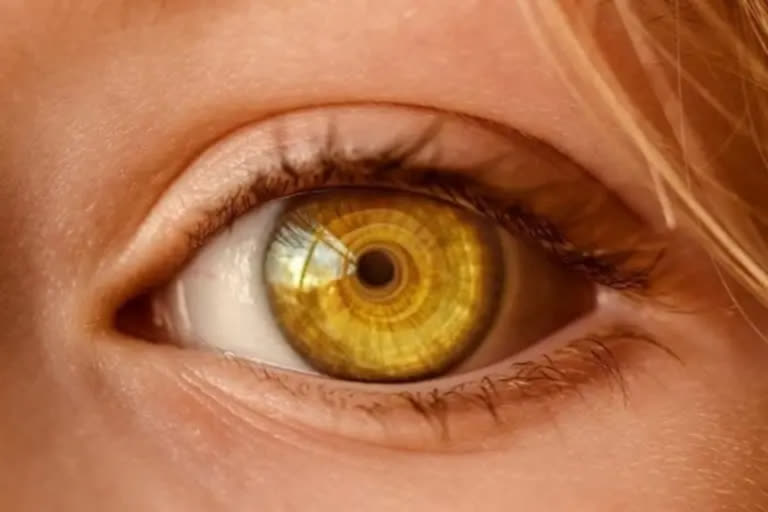Hyderabad: Scientists used patient stem cells and 3D bioprinting to produce eye tissue that will advance understanding of the mechanisms of blinding diseases. The research team from the National Eye Institute (NEI), part of the National Institutes of Health, printed a combination of cells that form the outer blood-retina barrier—eye tissue that supports the retina's light-sensing photoreceptors. The technique provides a theoretically unlimited supply of patient-derived tissue to study degenerative retinal diseases such as Age-related Macular Degeneration (AMD).
"We know that AMD starts in the outer blood-retina barrier," said Kapil Bharti, Ph.D., who heads the NEI Section on Ocular and Stem Cell Translational Research. "However, mechanisms of AMD initiation and progression to advanced dry and wet stages remain poorly understood due to the lack of physiologically relevant human models." The outer blood-retina barrier is the interface of the retina and the choroid, including Bruch's membrane and the Choriocapillaris.
The outer blood-retina barrier consists of the Retinal Pigment Epithelium (RPE), separated by Bruch’s membrane from the blood-vessel-rich Choriocapillaris. Bruch's membrane regulates the exchange of nutrients and waste between the Choriocapillaris and the RPE. In AMD, lipoprotein deposits called Drusen form outside Bruch's membrane, impeding its function. Over time, the RPE break down leading to photoreceptor degeneration and vision loss.
Bharti and colleagues combined three immature choroidal cell types in a hydrogel: pericytes and endothelial cells, which are key components of capillaries; and fibroblasts, which give tissues structure. The scientists then printed the gel on a biodegradable scaffold. Within days, the cells began to mature into a dense capillary network.
On day nine, the scientists seeded retinal pigment epithelial cells on the flip side of the scaffold. The printed tissue reached full maturity on day 42. Tissue analyses and genetic and functional testing showed that the printed tissue looked and behaved similarly to the native outer blood-retina barrier.
